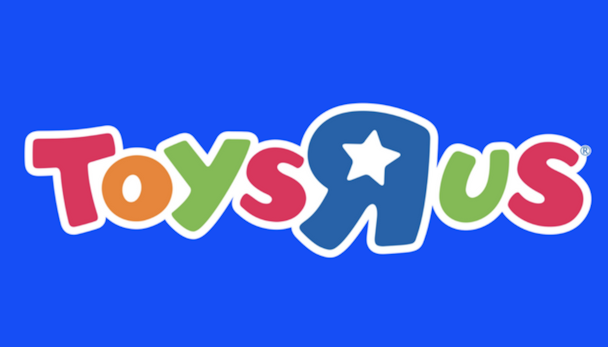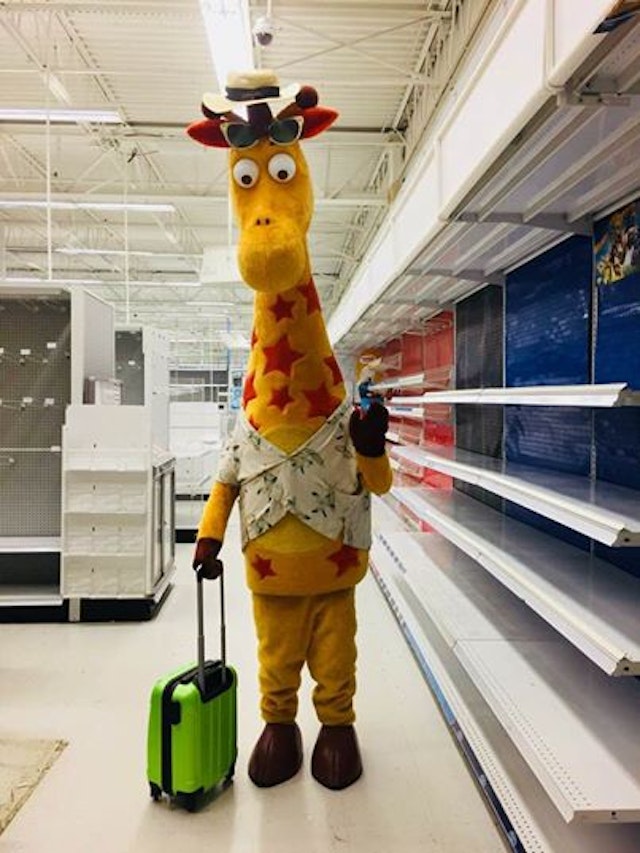Did Toys “R” Us deserve its fate?
If you strip away the nostalgia associated with a company like Toys “R” Us, its demise becomes inevitable in hindsight. Behind the overwhelming charm of toy shopping lies a harsh truth: retailers like Toys “R” Us have failed because they simply couldn’t keep up. The most successful modern retailers are continually evolving to meet customer needs and expectations as they arise. Call it survival of the fittest – or the fastest – but today, it takes a capacity to constantly adapt to make it in the retail industry.

Toys "R" Us sealed its own fate
It’s not just Toys “R” Us. We’ve seen the same trend occur with retailers like Radio Shack and Sears. What do these brands have in common, besides their once-frequent cameos in strip malls across America? To begin, their stores were cramped, lacked aesthetic design and were difficult to navigate. On top of that, they lacked the forward-thinking mindset to implement technologies that focused on improving the customer experience and back end systems early on.

With more, easier and cheaper options available for buying toys than ever before, Toys “R” Us had one outstanding quality that kept customers hooked: the experience. The experience of walking through a toy store with your kids and the joy of the anticipation of play, coupled with the nostalgia of remembering when you were a kid at the toy store with your parents.
Instead of preserving the magic of the experiences customers treasured, Toys “R” Us let their stores grow stale and disappointing. This became evident to me last Christmas when I walked into a Toys “R” Us in Vancouver to shop for my niece. The store associates were either impossible to find or unapproachable and the inventory selection was significantly weaker than on Amazon. When I did find something, I was told there was no stock left (after the associate spent 15 minutes in the back looking for the item). Finally, as I reluctantly checked out, I wanted to use my sister-in-law's phone number so she could collect the points. But of course, the system didn't allow that. This experience told me all I needed to know.
Had Toys “R” Us truly been focused on engaging customers in the brand, they could have implemented personalization, both in-store and online, through artificial intelligence, and loyalty programs offering suggestions and discounts. Toys “R” Us deserved to die because it was holding the retail industry in place, not moving it forward.
Giants like Amazon and Walmart have been using technology to provide their customers with the exact shopping experience they want, converting each person who visits their physical and online stores from passive shopper to an active consumer of their brands. They’re not hiding their use of these tools, either – Jeff Bezos references machine learning and AI more than 10 times in the 2016 Amazon annual report. That’s because, in 2018, it’s essential to Amazon’s business model. The ease and efficiency of finding and buying what you want is what keeps Amazon’s customers coming back.
Amazon also handles its investments drastically differently than old-school retailers by taking significant bets (think investments like Alexa and Whole Foods). Amazon can do this because of its ability to put cash flow into big-bet investments, which allows the company to see greater returns and to continue to invest in innovations that make the shopping experience more fluid and enjoyable.
Part of Toys “R” Us’s demise has to do with poor financial management, which allowed a heavy sum of cash flow to go towards private equity and paying debts. This left little room for investment in consumer-driven technologies. Funds that should have gone into automation and AI facilitating consumer engagement were instead pulled away. Most recently, Congress blamed Private Equity firms for this mismanagement, stating the possibility that this was a purposeful move to ensure leveraged buyouts. And as “Such buyouts harm communities, while investment managers walk away with significant gains,” according to Congress, this possibility has been even more hyped as an issue.
So what can today’s retailers learn from the mistakes of a defeated toy dynasty? Most importantly, never expect customers to act the same way twice. Trends and markets will constantly change the way consumers behave. With technologies to predict and adapt to these changes, adoption of new modes of learning is no longer just beneficial – it’s essential. When it comes to dated retail practices, there are times when not even a mascot as charming as Geoffrey the Giraffe has the power to save a company.
Kerry Liu is the chief executive of Rubikloud
